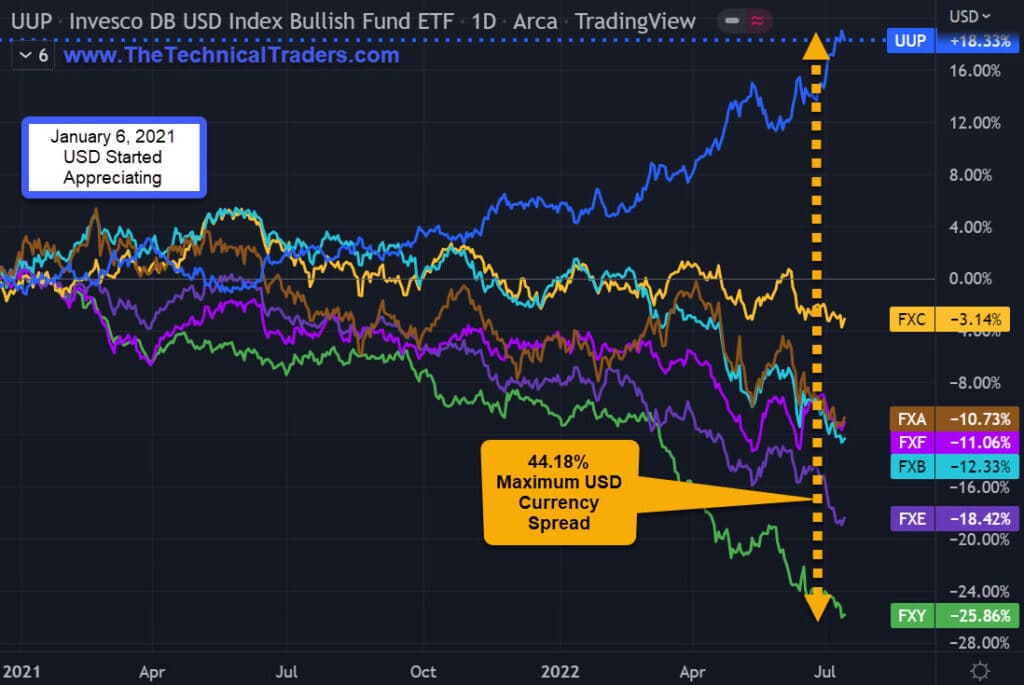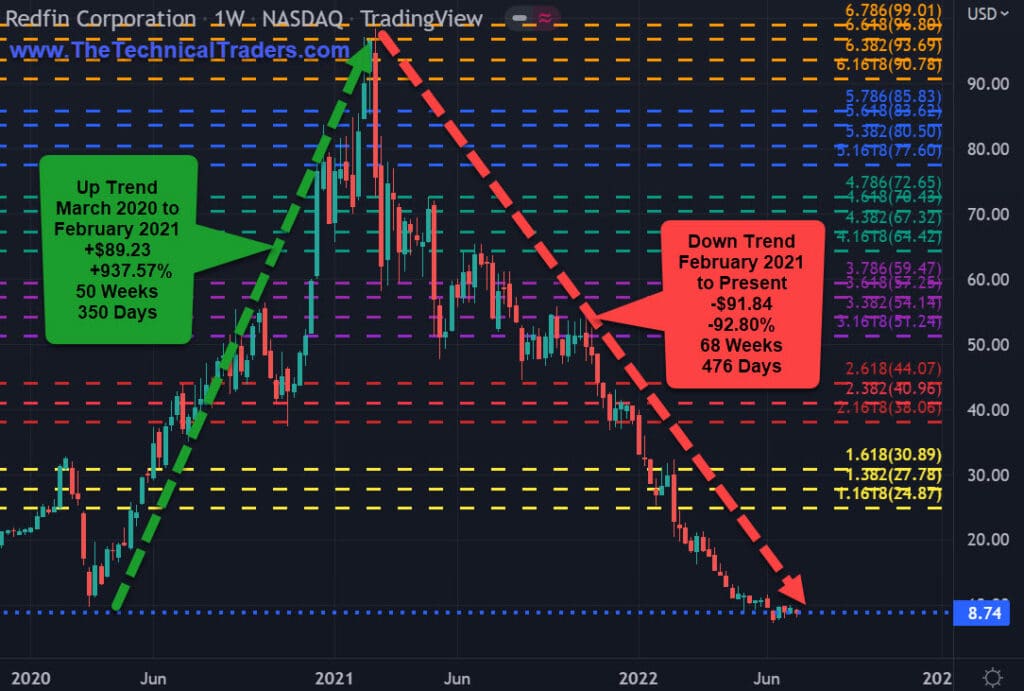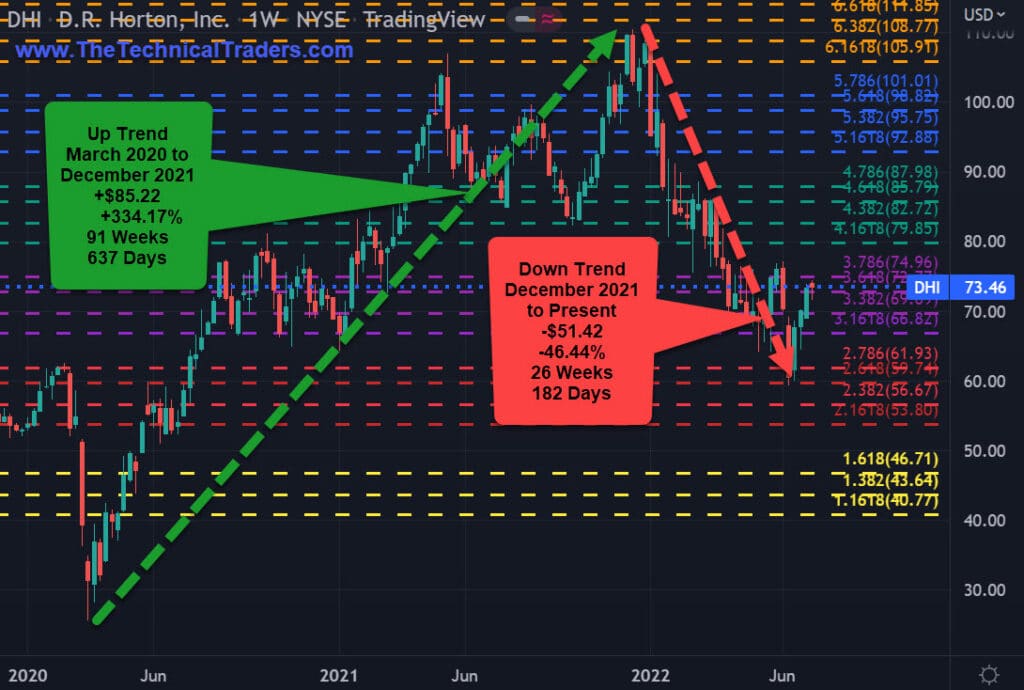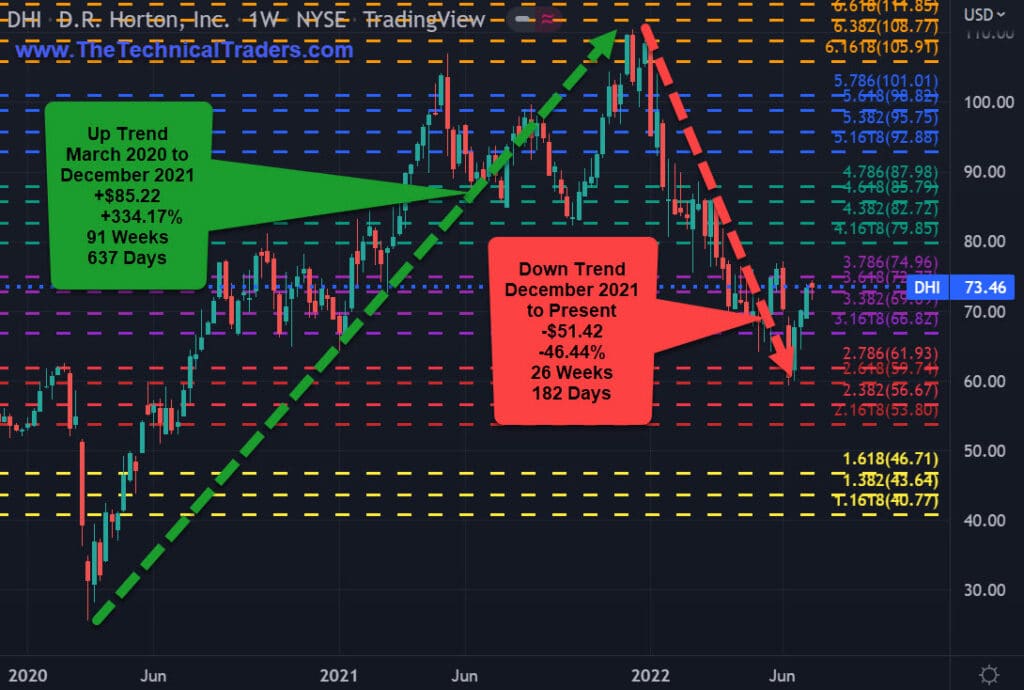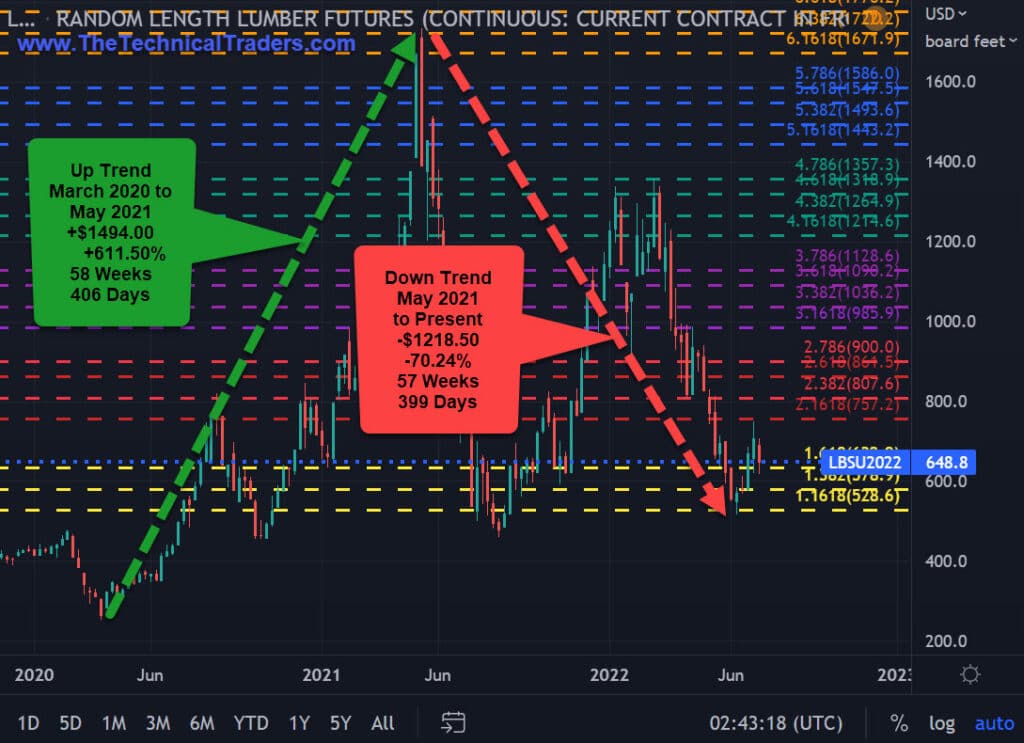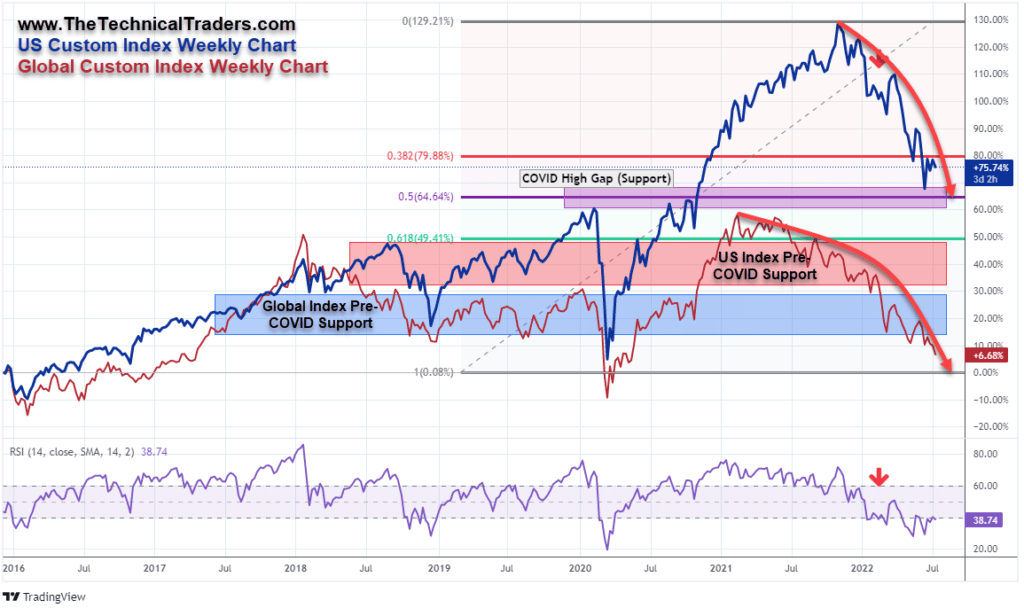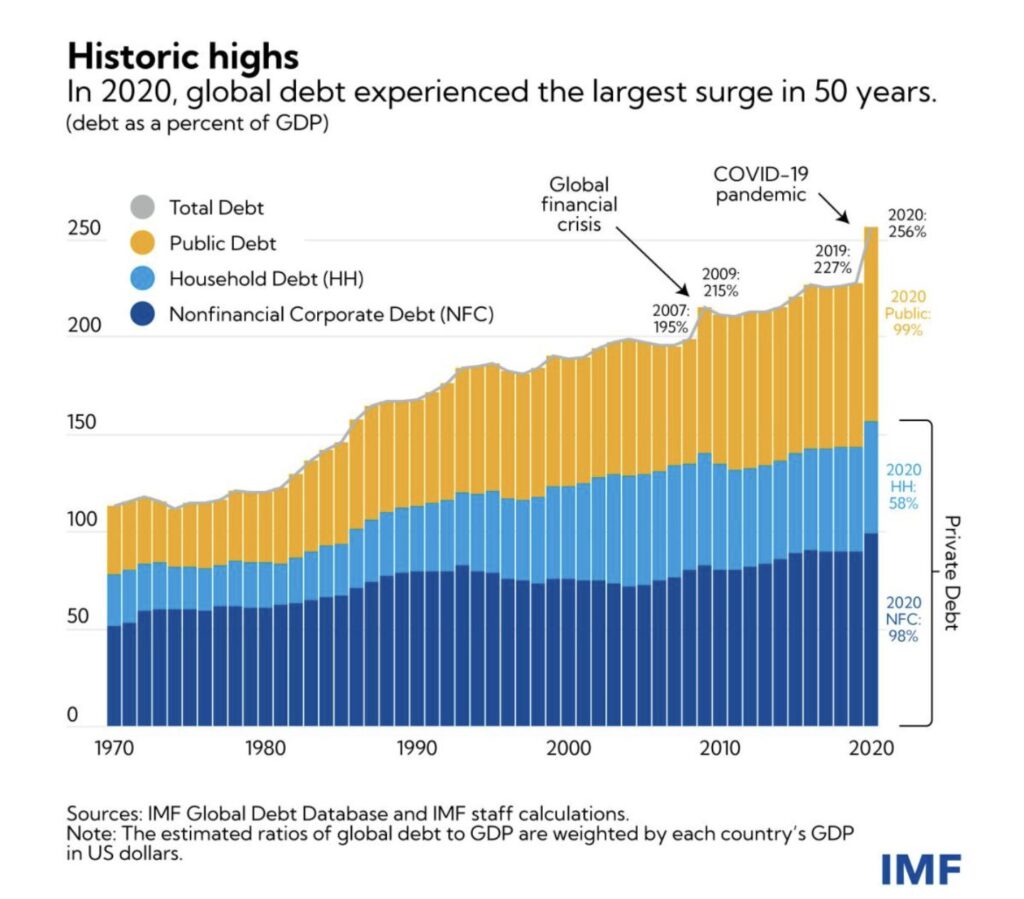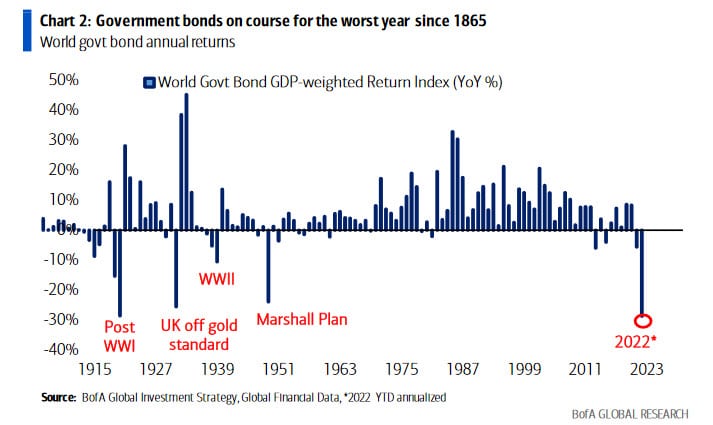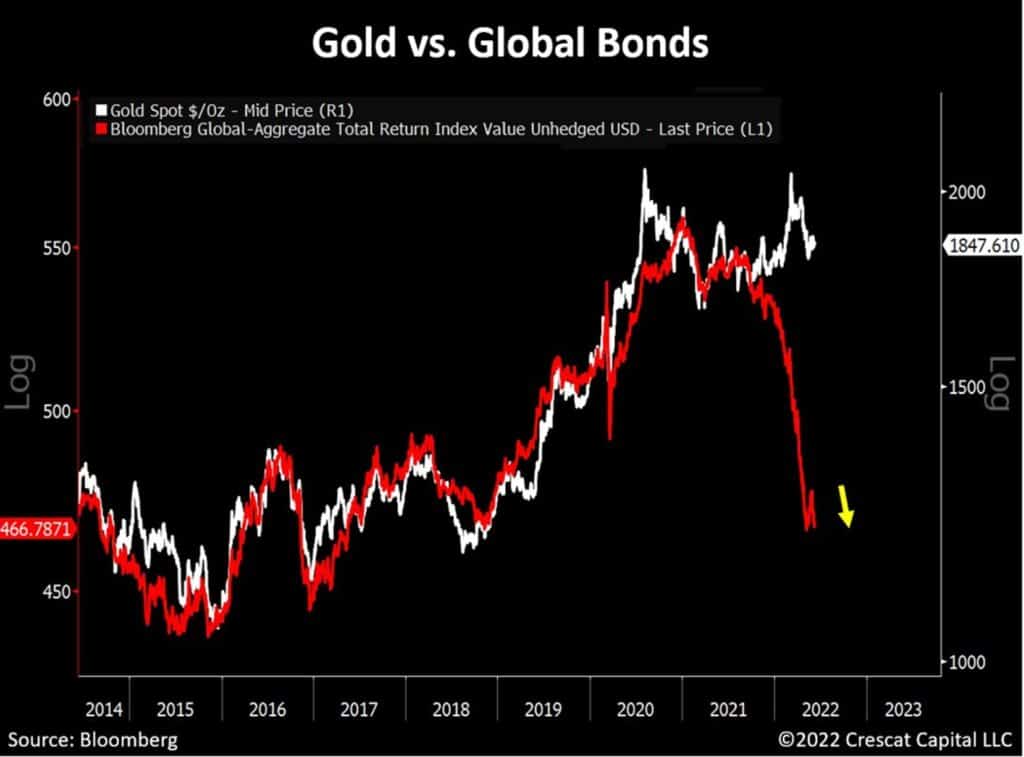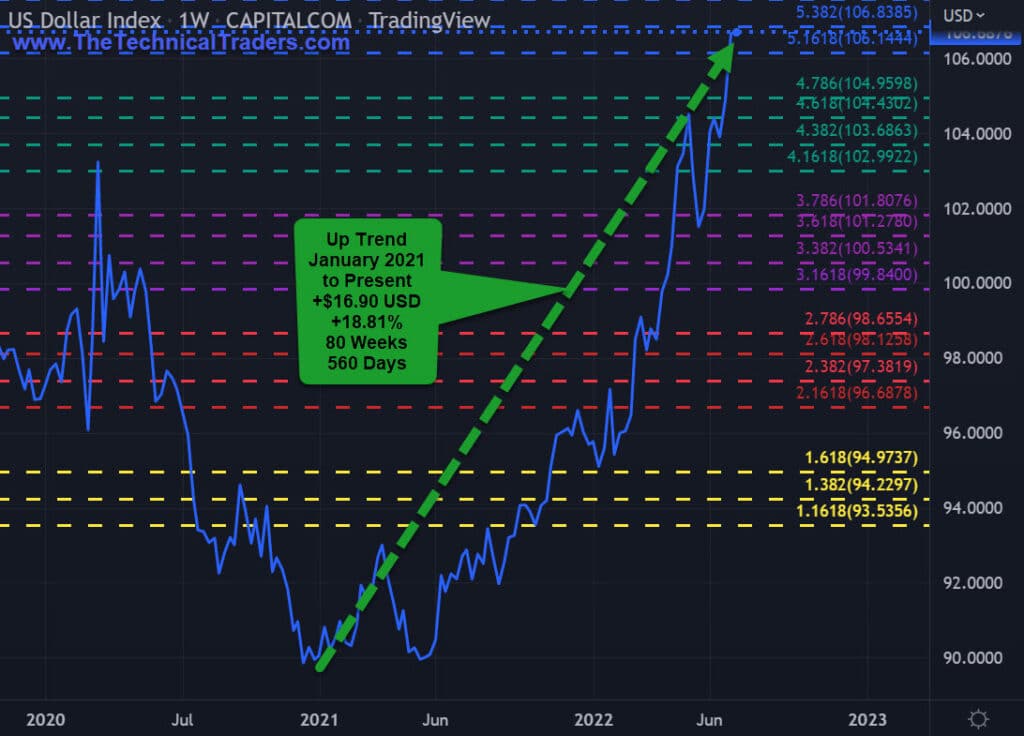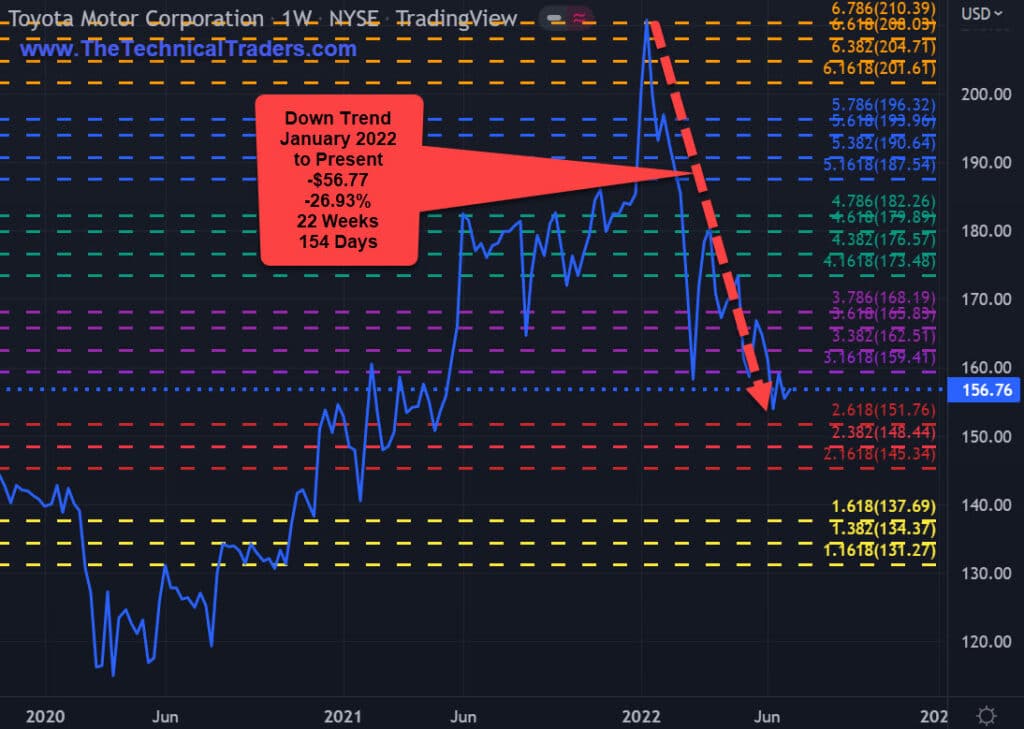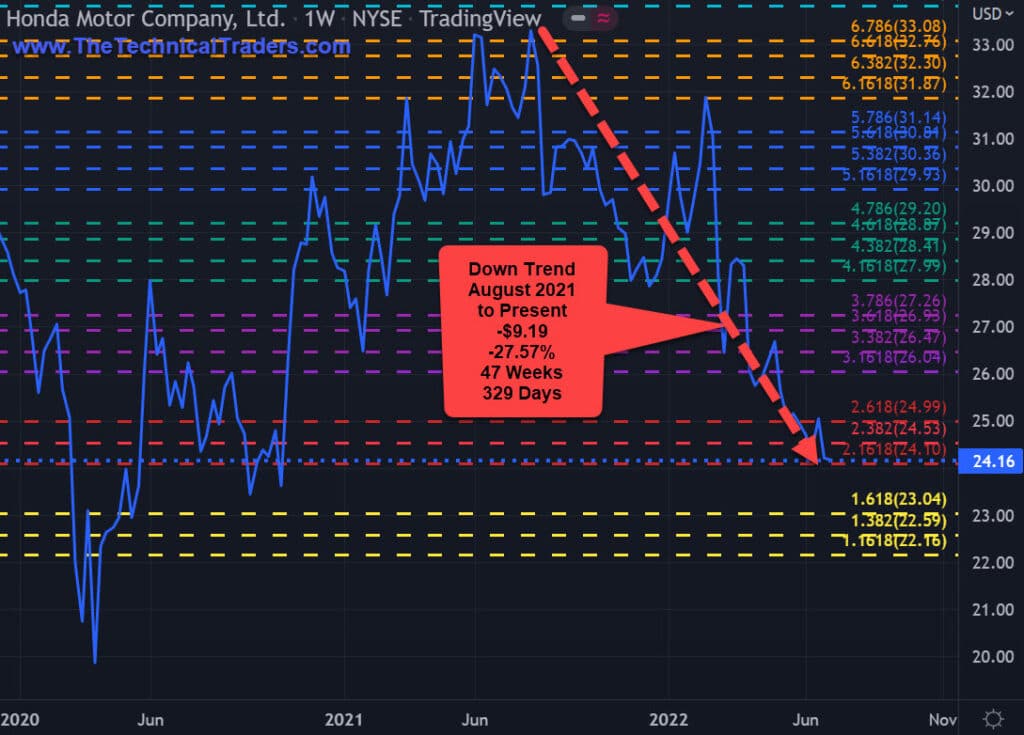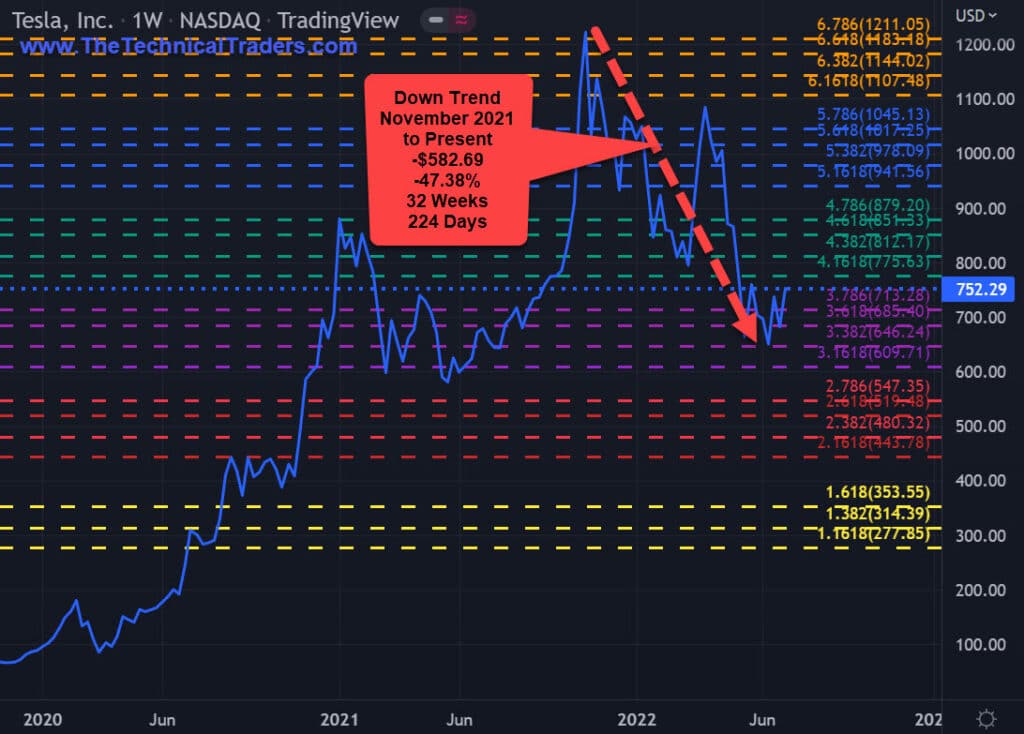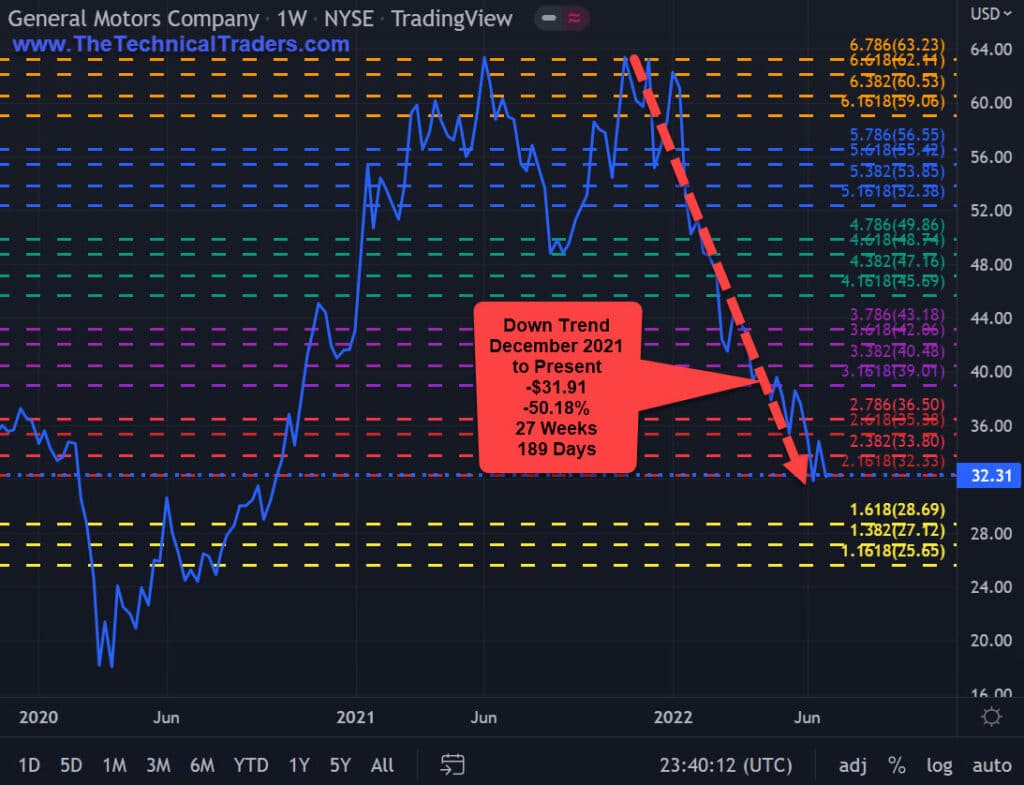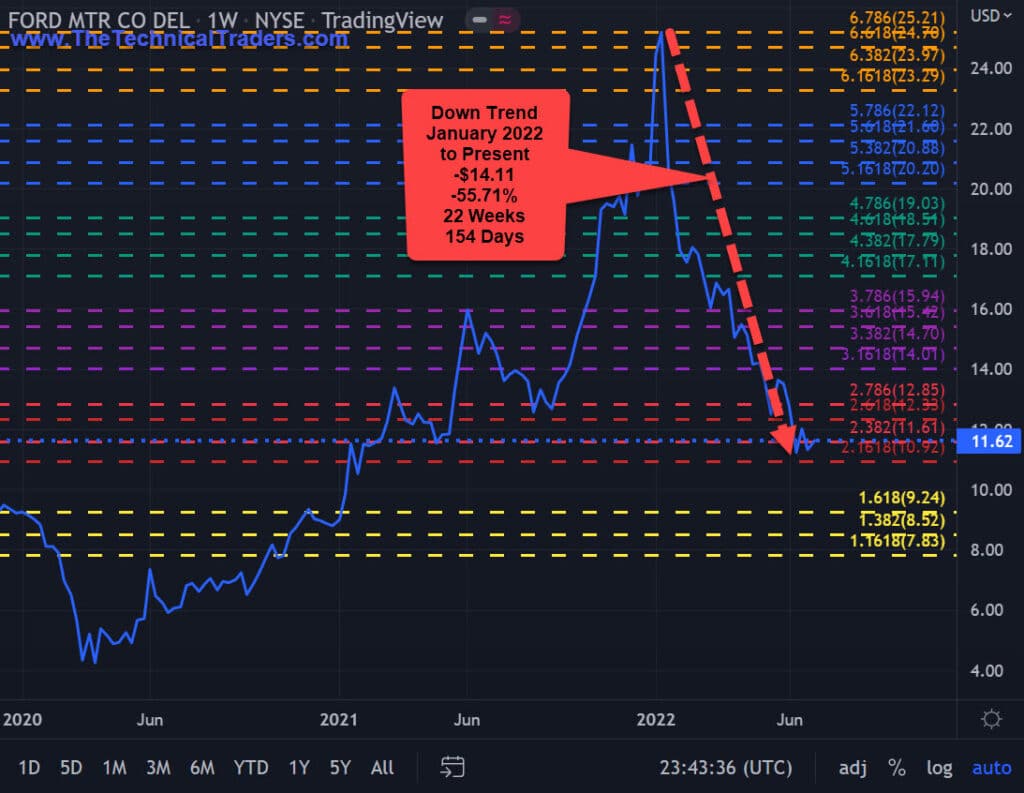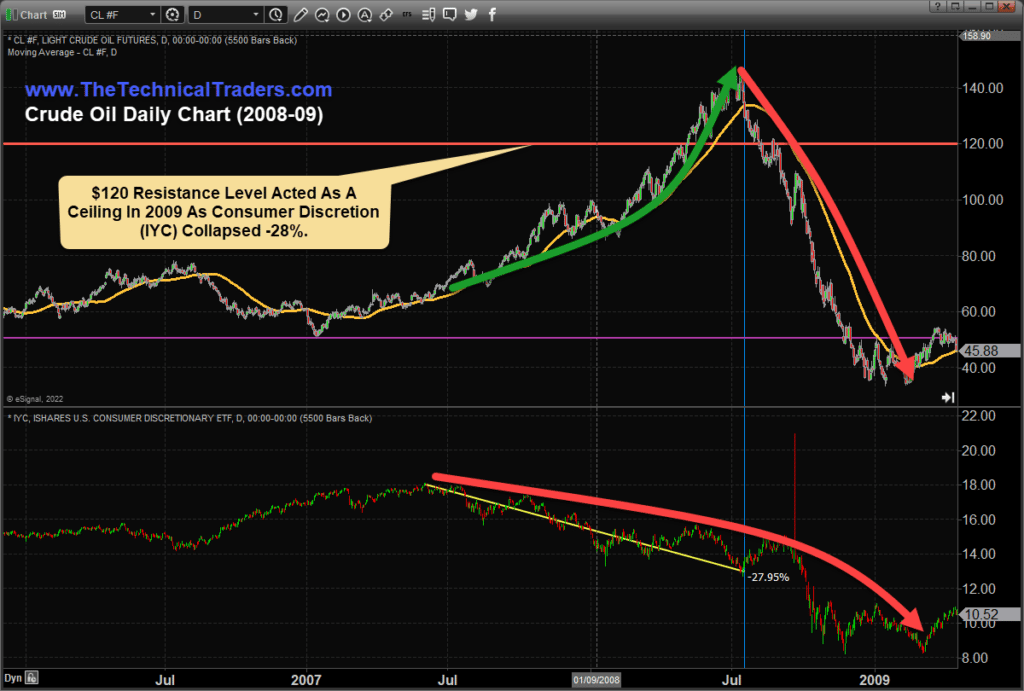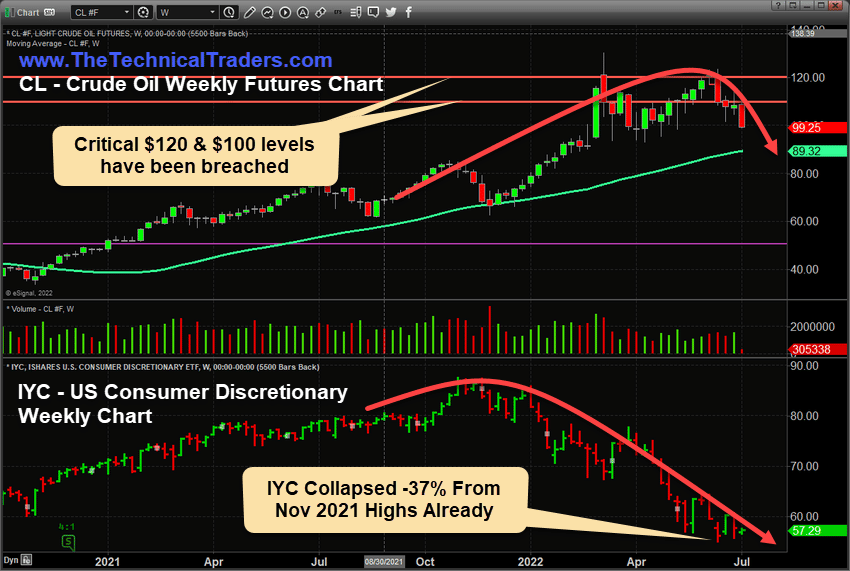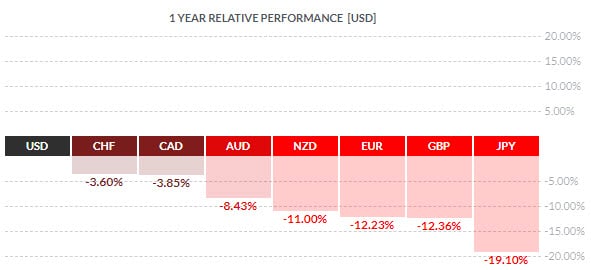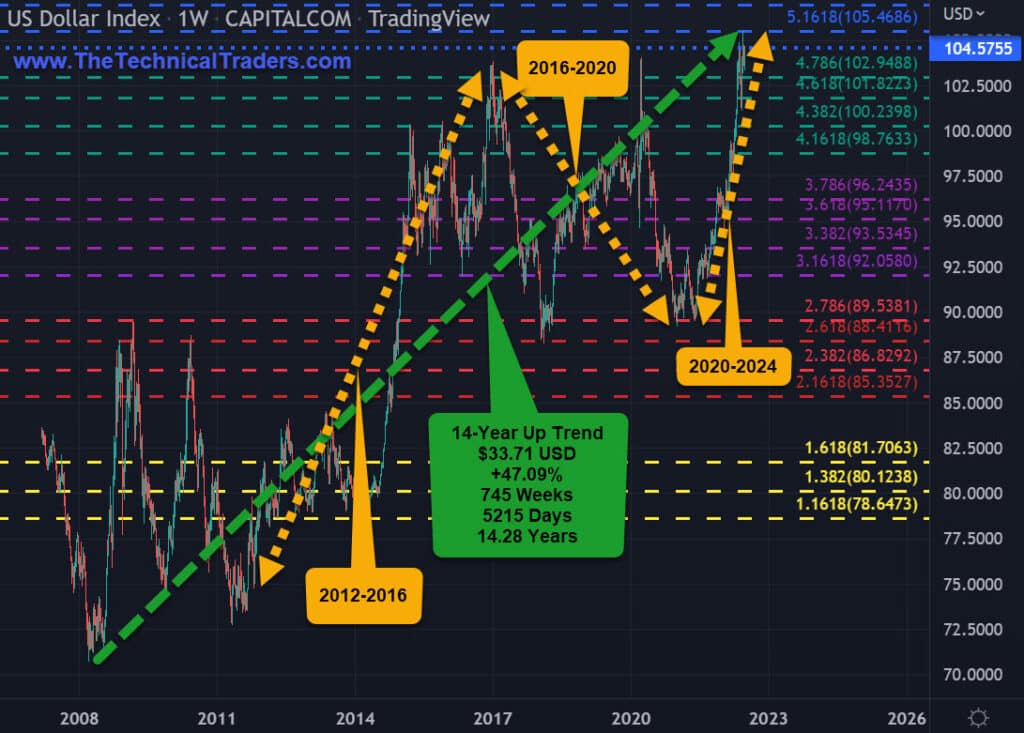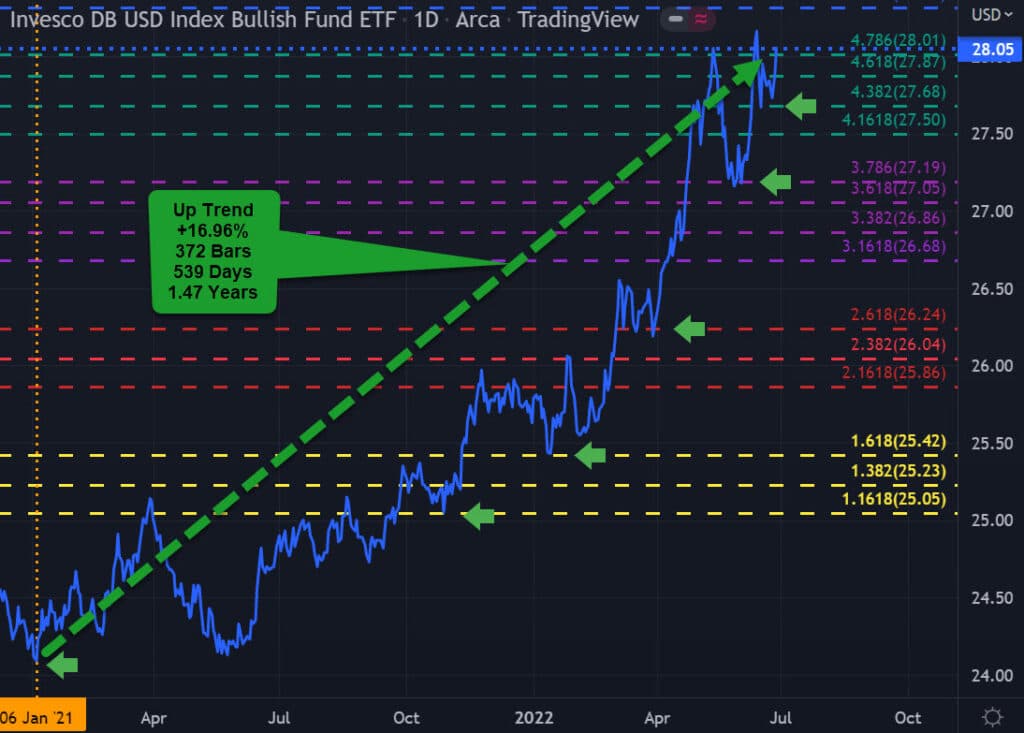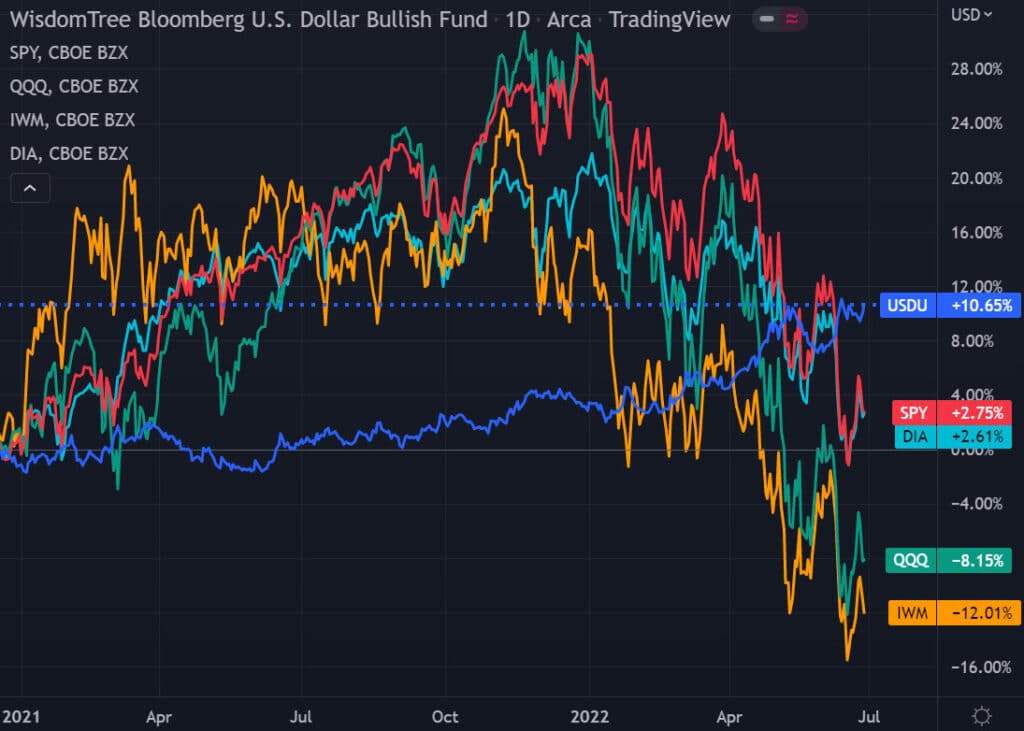In a significant market downturn, bearish sentiment, if not outright fear, can drive down the share price of good companies rather drastically. When the market is in a sustained selling mood, there can be a substantial disconnect between the long-term fundamentals and the technical price action we see on the chart.
The Temptation to Bottom Fish
What can we do when good companies are trading at what appear to be bargain prices? We could “stick our toe in the water” and buy shares. But what if we’re wrong about whether a bottom in the share price is in place? Or what if the stock takes a very long time to build a base and goes nowhere for an extended period?
Selling Puts
Rather than buying shares, we could sell put options instead. It’s a strategy famously used by Warren Buffett to acquire shares at a discount.
First, a quick review of put options. Someone who owns or is “long” a put has paid a premium to have the right, but not the obligation, to sell shares to the counterparty at the strike price. But that right exists only until the option expires.
The counterparty who has sold, or is “short” a put, has an obligation to buy shares at the strike price. That obligation is eliminated when the option expires, and the put seller gets to keep the premium collected whether they have shares “put to them” or not.
Although selling puts can be a way to acquire shares at a discount, traders (as opposed to investors) may just be interested in collecting the put premium as an income strategy.
Rules to Remember
We must like the stock at or around the strike price and believe it will recover over time. Even if we’re just selling puts to collect premiums, keep in mind that we could end up owning shares.
Of course, there must be options available on the stock. The options should have good liquidity – decent volume, open interest, and bid/ask spreads that aren’t too wide. The strike prices near the current share price should have hundreds, if not thousands, of open interest contracts. The bid/ask spreads on the options should be just a few pennies wide. It’s usually a good sign of option liquidity if weekly, not just monthly, options are available.
What Makes a Good Candidate?
Look for companies with a long history of good earnings that have rebounded after many economic cycles. The company sells a product or service that will likely remain in demand for the foreseeable future. (No “buggy whip” manufacturers.) A good candidate will likely weather the current storm and come out okay when the economy recovers.
Ideally, the share price is under $25, preferably under $20. At that price level and below, the option premiums relative to the share price make for efficient use of capital and an attractive return on risk.
Example Setup
Say company “ABC” was trading for $34 a share before the general market selloff but now is trading for roughly half that at $15.60. There is “blood in the streets,” but overall sentiment may be improving.
The price action on the chart shows some tentative signs of bottoming. A gap up with increased volume is a good sign. A recent earnings report that wasn’t as “bad” as expected is another good sign.
In this example, the premium for the $15 put is $1.20 for an expiration 42 days away. While the $15 strike is currently out-of-the-money (OTM), if we had shares put to us at $15, our cost basis would be $15 – $1.20, or $13.80.
If the shares were trading at $14 at expiration, we’d have shares put to us. But we would still be ahead on the trade with a profit. We could turn around and sell those shares at $14 and have a profit of $0.20.
As options sellers, we’re selling time value that decays as the expiration date approaches. We know that regardless of what happens with the share price, the time value we sold will be $0 at expiration.
As an alternative to risking assignment, we could roll the trade forward rather than wait for shares to be put for us. We could buy back the option on or near the expiration date and sell another option further out in time. We can typically do that for a net credit. In this example, we might be able to collect another $1 in premium. So now our risk in the trade is reduced to $15 – $1.20 – $1.00 = $12.80.
Summary
Put selling can be a savvy way to go “bottom-fishing” for good stocks, either to acquire shares at a discount or just collect option premiums. Selling puts gives us a way to get “paid” while we wait for the share price to recover. We can make a profit if the share price goes up, sideways, or even down a bit.
Sign up for my free trading newsletter so you don’t miss the next opportunity!
WANT TO LEARN MORE ABOUT OPTIONS TRADING?
Every day on Options Trading Signals, we do defined risk trades that protect us from black swan events 24/7. Many may think that is what stop losses are for. Well, remember the markets are only open about 1/3 of the hours in a day. Therefore, a stop loss only protects you for 1/3 of each day. Stocks can gap up or down. With options, you are always protected because we do defined risk in a spread. We cover with multiple legs, which are always on once you own.
Our Options Trading Specialist, Brian Benson, continues to knock his trades out of the park. His current win rate is 80% meaning of the last 20 trades, 16 have finished in-the-money!
If you are new to trading or have been trading stock but are interested in options, you can find more information at The Technical Traders – Options Trading Signals Service. Brian, who has been trading options for almost 20 years, sends out real live trade alerts on actual trades, such as TSLA and NVDA, with real money. Ready to subscribe, click here: TheTechnicalTraders.com.
Enjoy your day!
Chris Vermeulen
Founder & Chief Market Strategist
TheTechnicalTraders.com

